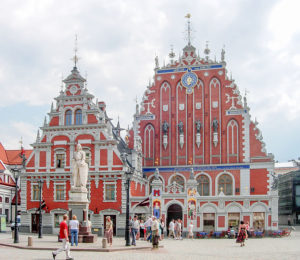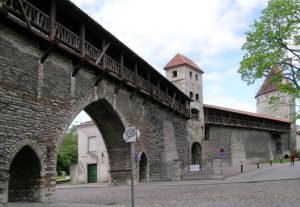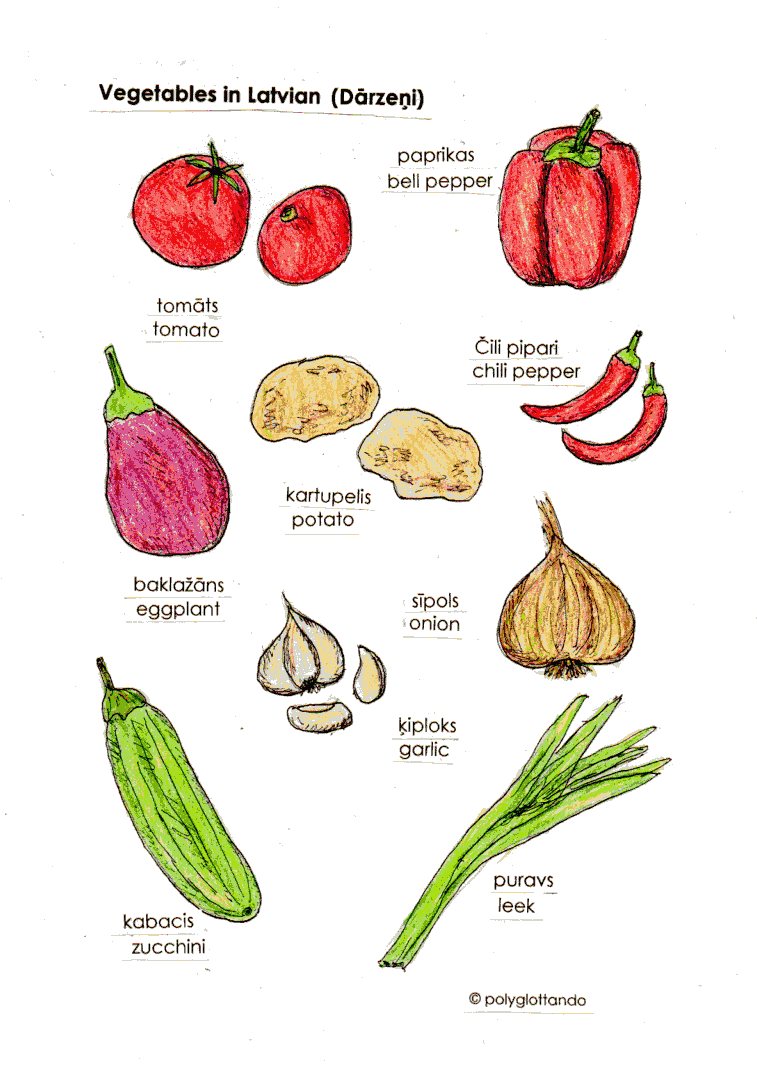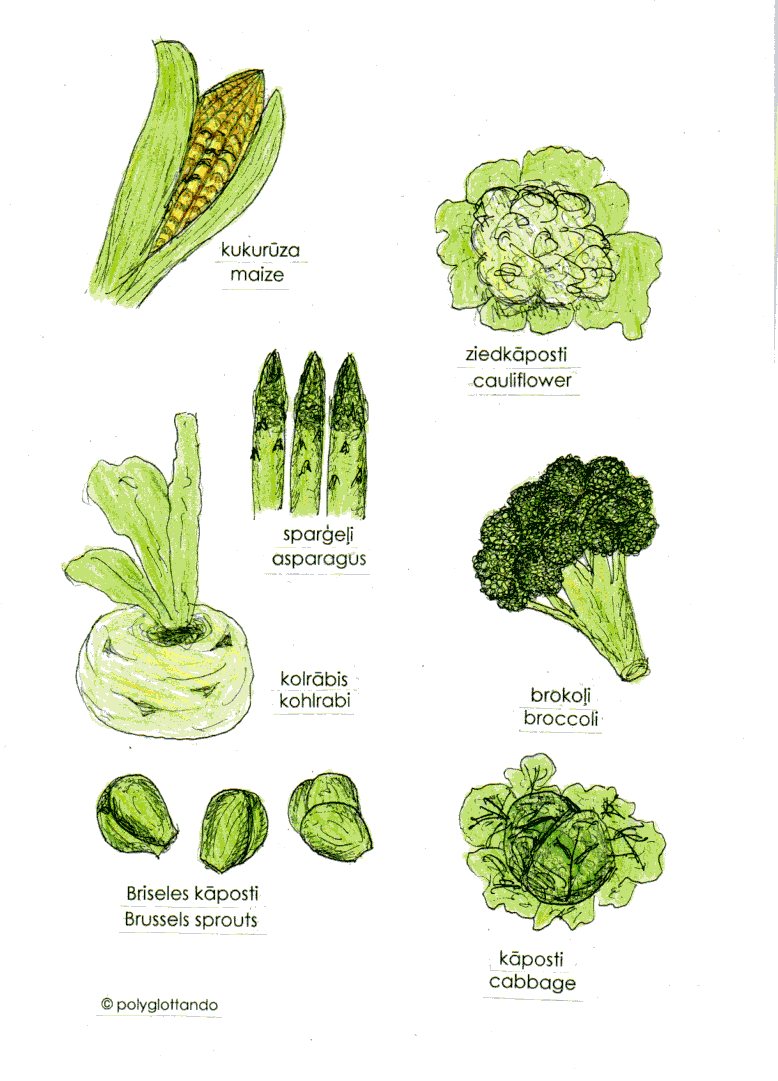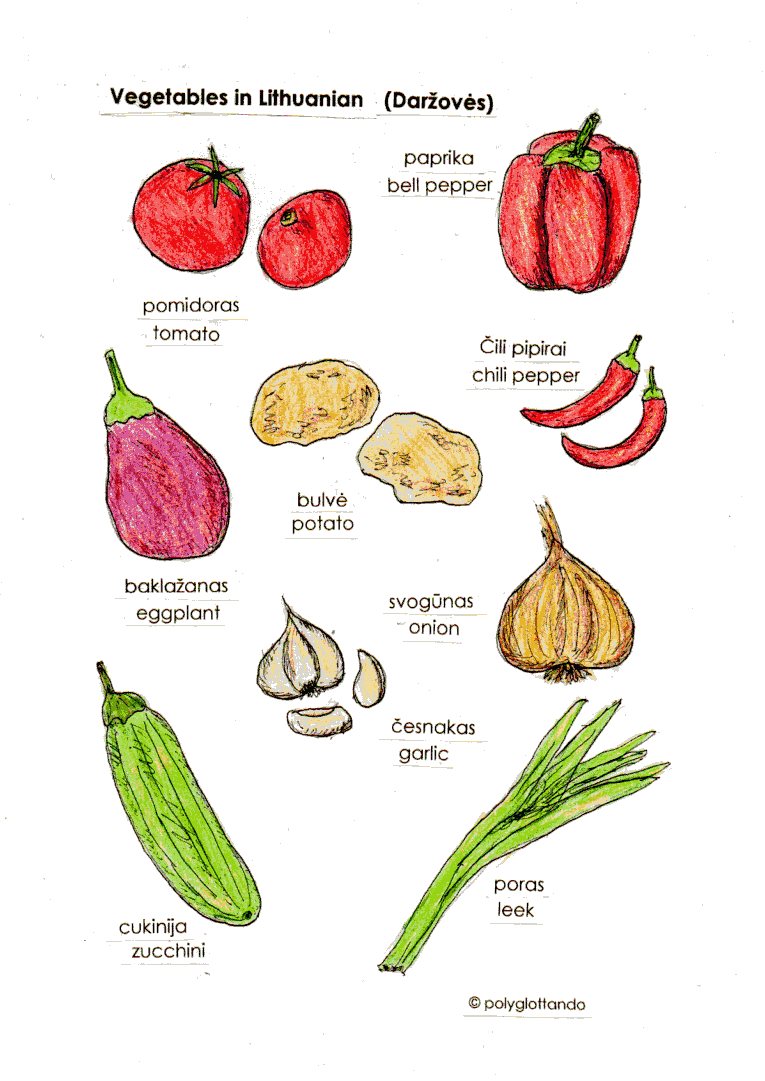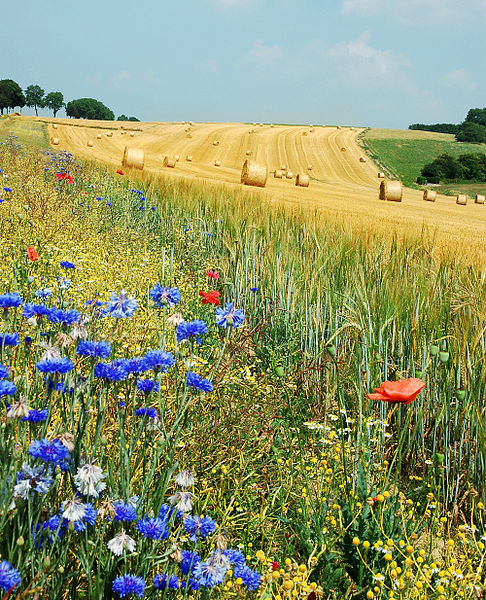Today’s blog post is taking us to North-Eastern Europe again, namely to the 3 Baltic countries (Estonian: Balti riigid, Baltimaad, Latvian: Baltijas valstis, Lithuanian: Baltijos valstybės) Estonia Eesti, Latvia Latvija and Lithuania Lietuva and to their respective languages. Estonian belongs to the Balto-Finnic branch of the Uralic languages, whereas Latvian and Lithuanian belong to the Baltic language group of the Indo-European languages.
Survival vocabulary in Latvian
Sveiks (said to a male)/Sveika (said to a female) = Hello
Labdien = Good day/afternoon, hello
Uz redzēšanos! = goodbye!
Jā / nē = yes / no
Paldies = Thank you
Lūdzu = please; you are welcome
Vai jūs runājat latviski/angliski? = Do you speak Latvian/English?
Atvainojiet = excuse me
Piedodiet = sorry, I apologize
Kā jums klājas? = How are you?
Labi, paldies = fine, thank you
Kā jūs sauc? = What is your name?
Mani sauc… = My name is…
Prieks iepazīties! = Nice to meet you!
No kurienes jūs esat? = Where are you from?
Es esmu no… = I am from…
Survival vocabulary in Lithuanian
Labas/ sveiki = hello
Laba diena = good day (‘good afternoon’)
Sudie = goodbye
Taip/ ne = yes, no
Ačiū!/Dėkoju! = Thank you
Prašom! = please; you are welcome; here you are; don’t mention it
Ar jūs kalbate angliškai? = Do you speak English?
Aš nesuprantu = I don’t understand
Kaip gyvuojate? = How are you?
Man viskas gerai = I am fine
Kaip jūsų vardas? = What is your name?
Mano vardas yra… = My name is…
Malonu = nice to meet you
Atsiprašau = excuse me
Atleiskite = sorry
Iš kur jūs esate? = Where are you from?
Aš esu iš… = I am from…
Survival vocabulary in Estonian
Tere = hello
Head aega = goodbye
Jah/ei = yes/no
Vabandage = excuse me; sorry
Aitäh/tänän = thank you
Palun = you are welcome; please
Kas te räägite eesti/inglise keelt? = do you speak Estonian/English?
Kust te pärit olete? = where are you from?
Mis te nimi on? = What is your name?
Minu nimi on…/Ma olen… = My name is…/I am…
Väga meeldiv = nice to meet you
Kuidas läheb? = how are you?
Hästi = fine

